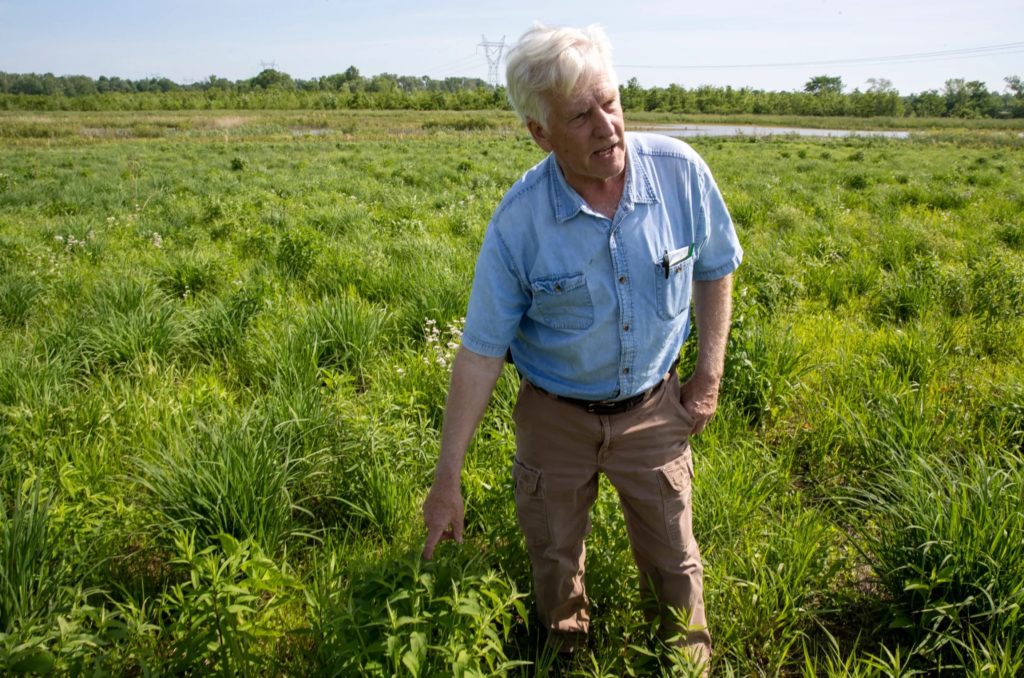Editor’s note: “When it Rains” is the the first collaborative project between Mississippi River Basin Ag & Water Desk, an independent reporting network comprised by Report for America host newsrooms in partnership with the University of Missouri and the Society of Environmental Journalists, funded by the Walton Family Foundation. The desk’s mission is to increase coverage of agriculture and water use in an ecosystem from where 90 percent of America’s agricultural exports are grown and that provides drinking water and a livelihood for millions of people. This introduction and the entire project were published on The Columbia Missourian and in the participating newsrooms on October 10, 2022.
After floods hammered St. Louis and eastern Kentucky this summer, the Ag & Water Desk wanted to know: Is rainfall increasing in the Mississippi River basin? We worked with the nonprofit research group Climate Central to produce new data analyses on this question. The answer was “yes.”
We found that average annual rainfall has increased by 2-8 inches in the past 50 years throughout much of the region while also falling in heavier bouts, causing repeated flooding and raising many questions about how we live in a wetter world.
Editors and reporters across 14 of the Desk’s partner news outlets then talked with experts, regulators, advocates and residents about how this change is affecting the region and what people are doing about it. The Desk also worked with journalism students at the Missouri School of Journalism to get community input through an online survey, which further shaped the series.
Stories in the project include:
The Mississippi River basin is getting wetter as climate change brings era of extremes

To stay or to go: Increased flooding forces towns to make hard choices

A wetter world is changing farm country. Can growers adapt?

Making room for the river: Communities look at nature-based solutions


































